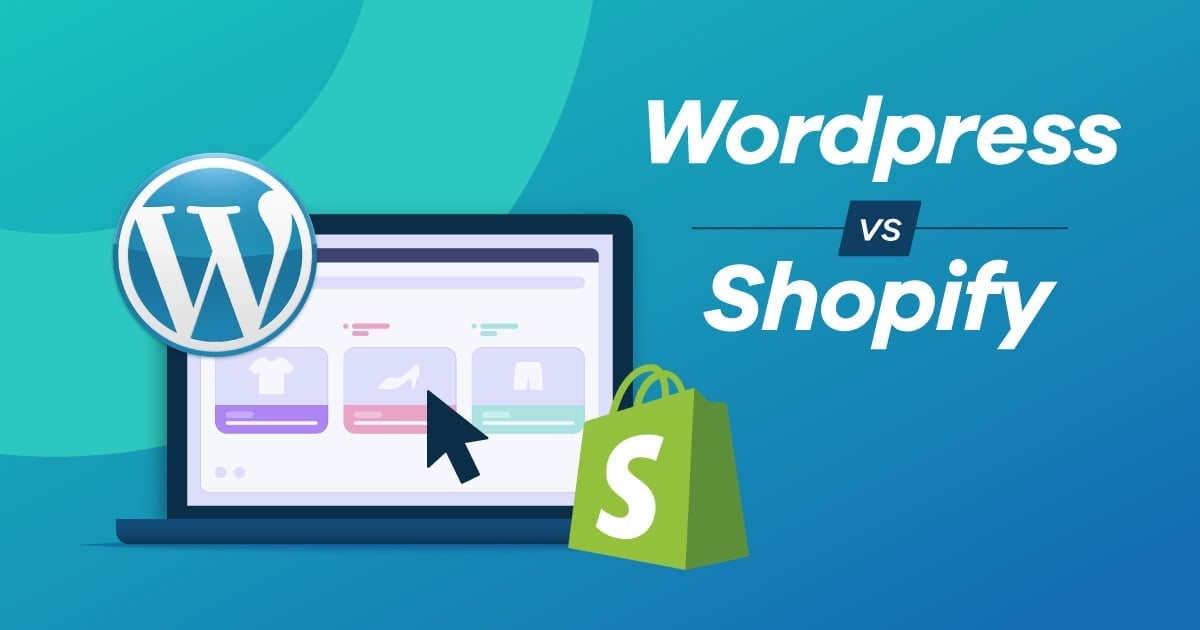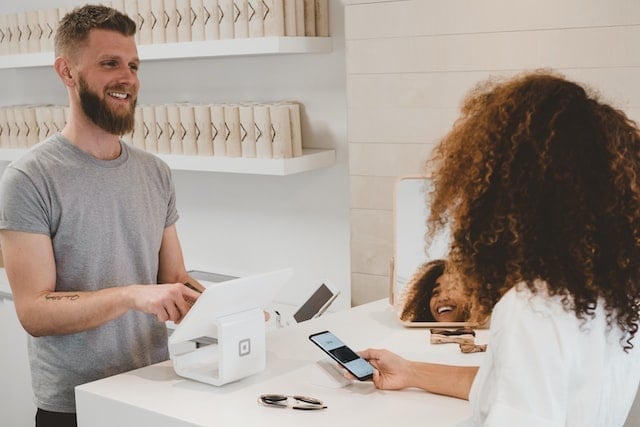3 Ways Merchants Can Encourage Sharing

A 2013 Nielsen study reveals that family and friend referrals are the most persuasive driver of influence when making purchasing decisions for 77 percent of consumers.
Unfortunately, word-of-mouth marketing isn't as reliable as email or display. While satisfied customers will occasionally share an awesome customer service experience or fabulous product with their friends, referrals are typically too sporadic to be considered a dependable driver of conversion. That is, however, unless a strategy is put in place to drive word of mouth on a regular basis. Discover three ways brands can turn "sharing" into a consistent occurrence below:
1. Incentivize.
Consumers are busy people with a variety of commitments to focus on, which means that sharing products or promotions is usually pretty low on their list of priorities. Luckily, merchants can use incentives to persuade consumers to share content on a regular basis. Offering promotions like free gifts or coupons, for instance, will motivate consumers to take actions like hitting the "share" button on a checkout page.
Take the AddShoppers platform for example. The platform's Social Rewards app displays a promotion such as "$3 Off" or "Free Shipping" next to the social sharing icons on ecommerce product pages. These promotions not only help to increase product sharing but also help decrease shopping cart abandonment. Conversely, merchants can opt for platforms like SocialTwist and ReferralCandy, which also use incentives like discounts to drive referrals through social and email.

2. Ask for it.
Sometimes the best way to get what you want is by simply asking for it. There are many different ways brands can ask customers to share content, however it is important to note that this strategy can lose its effectiveness if overused. For example, if you ask your social audience to share or retweet every piece of content that is posted to your brand's social profiles, the majority are likely to overlook your request. That said, if you ask for shares on select content, such as new products or promotions, your audience will be more likely to take action.
Another way to foster referrals is with email. For example, a pet store owner could send a follow-up email to a consumer who recently bought a dog harness that asks them to share a product review on Twitter with the hashtag #ilovemydog. The merchant can then retweet the reviews it receives, which will encourage other followers to submit reviews too. This not only helps brands build relationships with customers, but also helps increase a brand's visibility on the social Web.
3. Be Engaging.
Referrals aren't the only way to acquire new customers. Sometimes having audience members just share your brand name can be enough, and perhaps the best way to do that is with engaging content. However, in order to create engaging content, merchants must first know their consumers' preferences. Luckily, social listening tools like Trackur or Visible Technologies can be leveraged to discover what topics are the most relevant to a brand's audience base. For example, if a merchant that sells bicycles uses social listening tools to discover that safety is a big concern among his audience base, it would be a good idea to create and promote a blog post titled, "7 Ways Helmets Save Your Brain". A topic like this is sure to resonate with the retailer's caudience, which increases the likelihood it will be shared. Plus, the retailer can link to helmets he sells within the article, which makes it simple for consumers to make a purchase.
Another way to create engaging content is by encouraging interactions from an audience base. For instance, merchants can post fill in the blank messages or questions for their fans, which is sure way to obtain activity that is visible within the socialsphere. Target, for instance, recently used this strategy when promoting a holiday advertisement. The company shared its YouTube video about decorating for the holidays with a caption that asked fans to share how they decorate their tree. The post resulted in more than ten shares and nearly 30 comments in just 24 hours.









